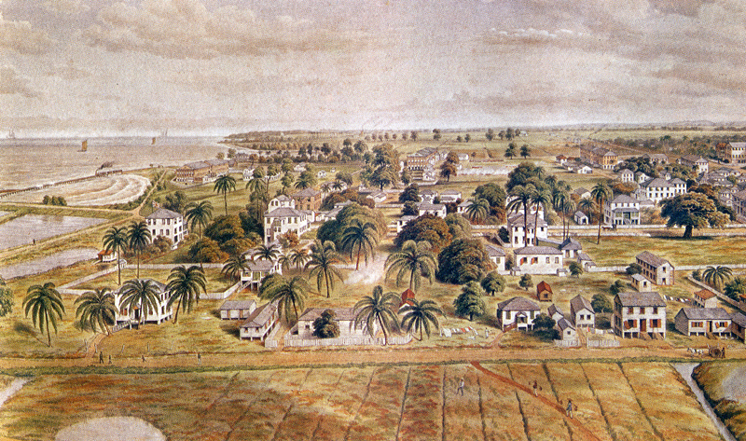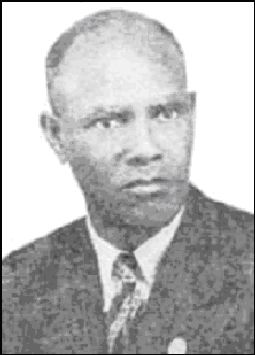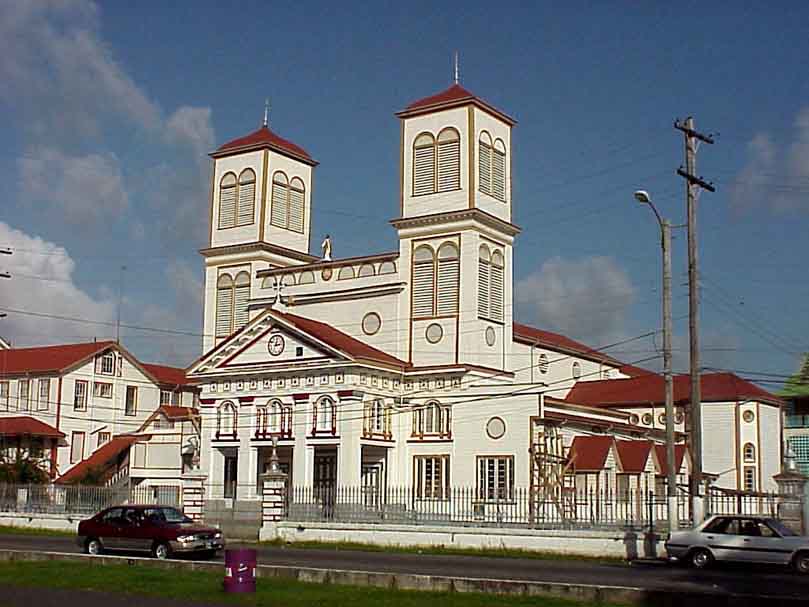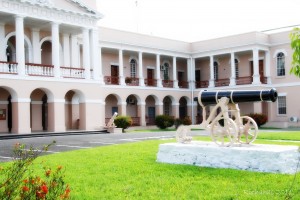
Cannons like guns, came with the arrival of Europeans to the West Indies who brought these instruments to terrify the people into subjugation and a new way of life. For the Europeans, cannons were the tools of survival: for the people of the colonies they were symbols of oppression.
Mounted in the forecourt of many of the nation’s public and civic buildings, these cannons are representative of an era inextricably linked to various phases of European occupation and colonization.
To date there are approximately 30 known cannons scattered throughout the country, with origins from England to Sebastopal in the Ukraine.
The 4.7 MK11 cannon located at the entrance of the Police Officer’s Mess was manufactured in Britain, circa 1890. It is believed that this cannon was issued to the colony of British Guiana in 1916 to be used for coastal defense during the First World War.
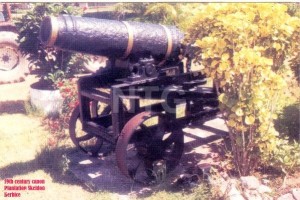
Gracing the main entrance of the Parliament Buildings is a pair of 8-inch German Trench Mortars, which were taken as trophies of the First World War 1914-1918.
Standing guard at Fort Zeelandia, a national monument, which was once the administrative centre of the colony of Essequibo and Demerara, is a 9-pounder Finbanker measuring 7 feet 4 inches. This cannon which overlooks the Essequibo River was most likely cast in the late 17th or the early 18th century.
On the lawns of State House, the official residence of President Donald Ramotar, is a 4-pounder Swedish commercial gun, which was most likely cast in the late 18th century.
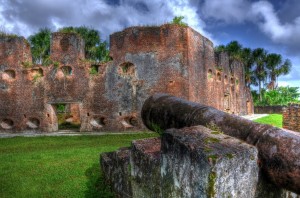
Mounted on the lawns of the Manager’s House, located at Plantation Skeldon, is an 18 or 24-pounder cannon of French/Dutch Carronade. Used in the Napoleonic wars, this cannon was most likely cast in the late 18th or the early 19th century. (Text from National Trust of Guyana)

